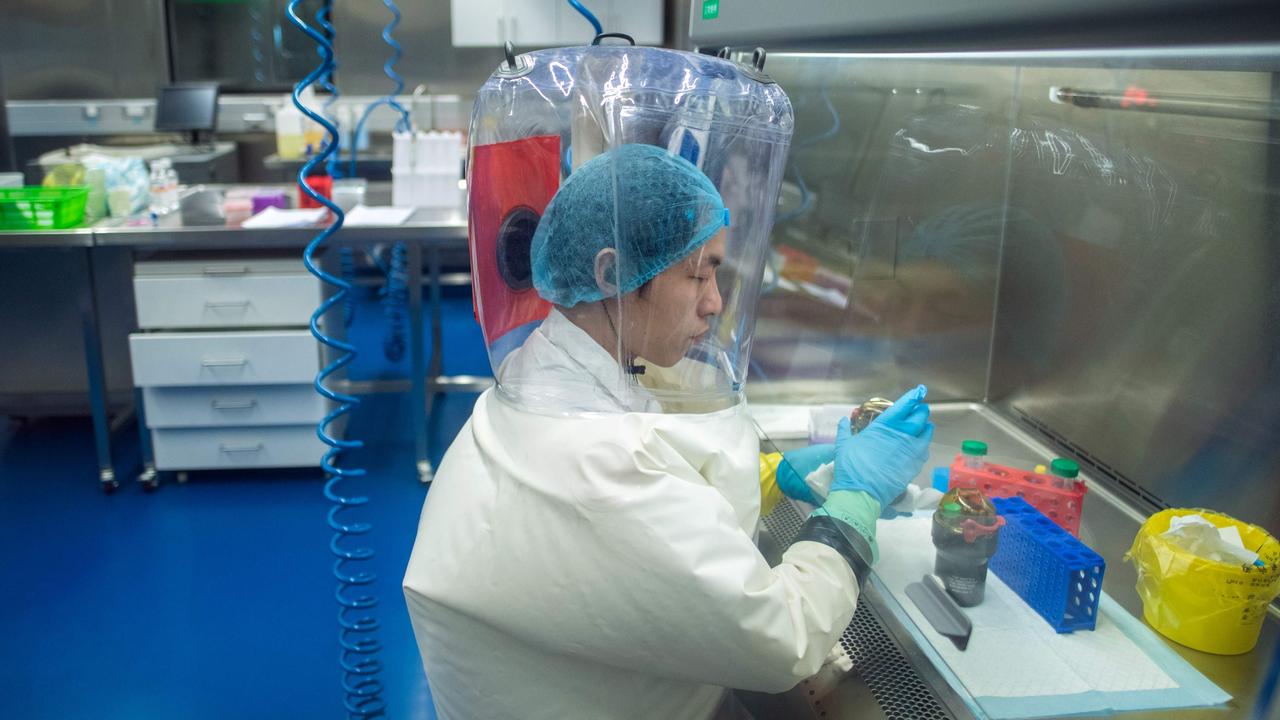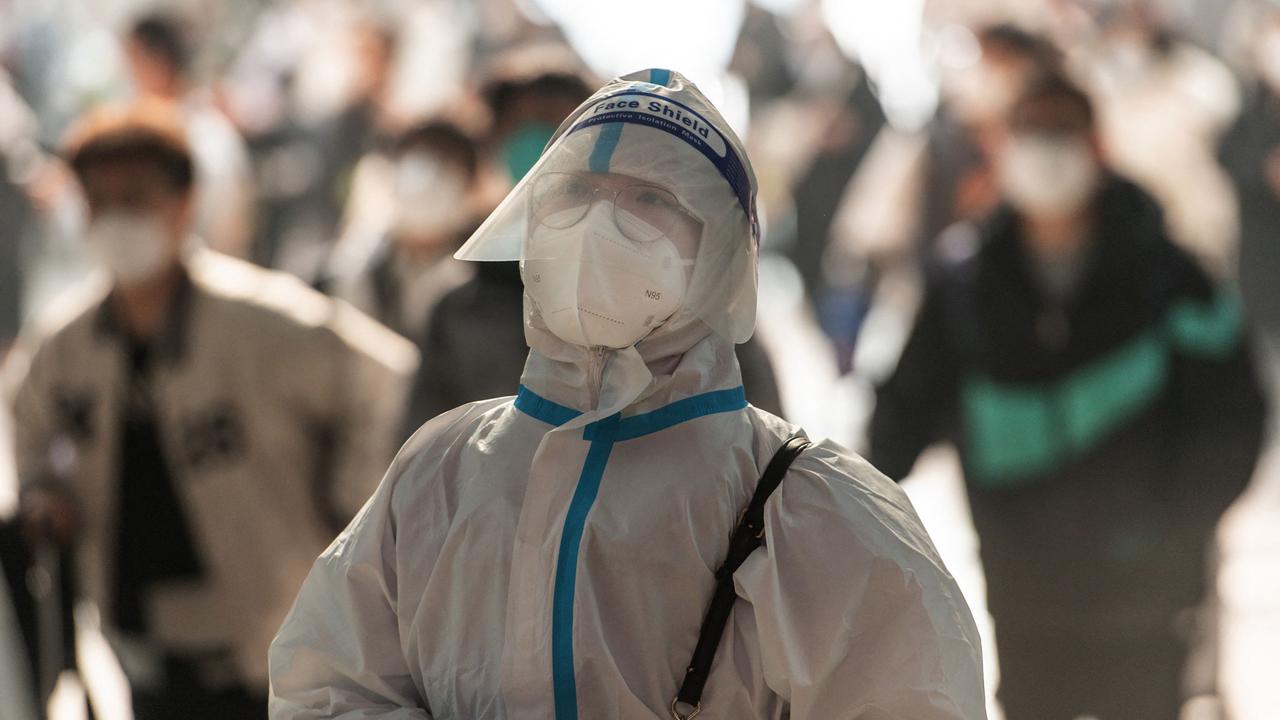Theory that COVID-19 leaked from a lab in Wuhan, China still under investigation, WHO admits
It was a theory pushed by the Trump administration but shot down by Chinese authorities, yet the mystery remains on how the virus started.

A theory that COVID-19 originated in a laboratory in Wuhan, China hasn’t been ruled out by the head of the World Health Organisation (WHO) — despite previous declarations just days ago from his team that it was “extremely unlikely”.
A WHO team of scientists was sent to Wuhan, where cases of the virus first emerged, on a fact finding mission to discover the possible origins of the pandemic.
Investigations are ongoing, said WHO Director-General Tedros Adhanom Ghebreyesus, while also confirming that the theory the virus leaked from the Wuhan Institute of Virology has not been dismissed.
“Some questions have been raised as to whether some hypotheses have been discarded,” Mr Ghebreyesus said at a press conference in Geneva.
“Having spoken with some members of the team, I wish to confirm that all hypotheses remain open and require further analysis and studies.”
RELATED: Daniel Andrews warns virus cases still ‘out there’

Previously, Donald Trump’s administration had accused the Wuhan lab of allowing the virus to escape while it was being studied — but China has vehemently denied it.
Animal diseases expert Peter Ben Embarek, who is part of the WHO team in Wuhan, had previously insisted thte theory was far-fetched.
“The findings suggest that the laboratory incidents hypothesis is extremely unlikely to explain the introduction of the virus to the human population,” Dr Embarek said.
Despite backtracking on his team’s previous claims, the head of WHO, Mr Ghebreyesus was quick to point out that the mission wouldn’t be able to uncover everything.
“Some of that work may lie outside the remit and scope of this mission. We have always said that this mission would not find all the answers, but it has added important information that takes us closer to understanding the origins of the virus,” he said.
“The mission achieved a better understanding of the early days of the pandemic, and identified areas for further analysis and research. And we will continue working to get the information we need to answer the questions that still need to be answered.”
RELATED: Australia’s ‘NASA-like’ COVID-19 vaccine plan

The Wall Street Journal reported WHO investigators had heated exchanges with Chinese authorities after they refused to provide them with raw, personalised data of 174 cases of COVID-19 infections from an early outbreak in December 2019. This could have helped them determine how and when the virus began to spread in China.
Instead, the WHO team was given extensive summaries and analysis data on the cases provided by Chinese officials and scientists — despite member states typically providing raw data.
“They showed us a couple of examples, but that’s not the same as doing all of them, which is standard epidemiological investigation,” Dominic Dwyer, an Australian microbiologist on the WHO team, told The Wall Street Journal. “So then, you know, the interpretation of that data becomes more limited from our point of view, although the other side might see it as being quite good.”
Experts still believe the virus is likely to have originated in animals before spreading to humans, but are not sure how that jump occurred.
But Dr Embarek said the coronavirus samples identified in bats and pangolins are not “sufficiently similar” to SARS-CoV-2 to suggest a direct link.



